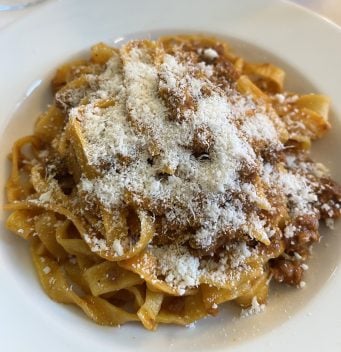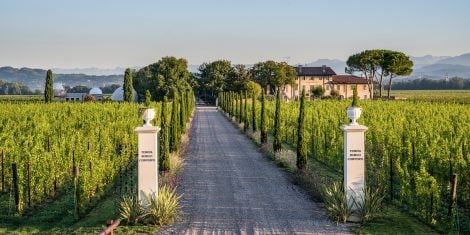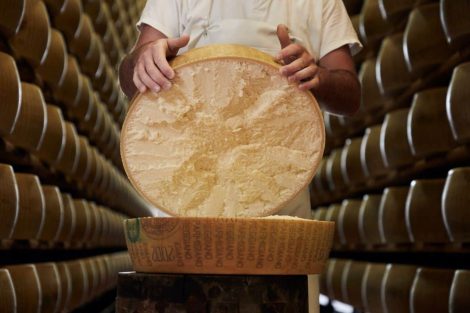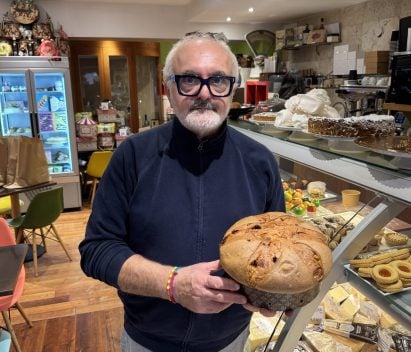by Attilio Scienza
The concept of vineyard terroir is a recent one that serves both practical and ideological needs. Ideologically, it must convince consumers of the uniqueness of certain wines produced in specific, limited areas. Practically, it aims to enhance the quality expression of the grape variety under certain pedo-climatic conditions. The notion of "cru" represents not just a vineyard or a subzone identifiable by a place name, which evokes a wine with particular characteristics and limited availability, but also the existence of an original relationship between pedoclimatic peculiarities, the interpretive skills of the winemaker, and local enological tradition.
UGAs as an Opportunity
Article 29 of the Unified Wine Law outlines the procedure for establishing and using UGAs (Additional Geographical Units). However, the contents of this regulation do not specify how these subzones should be identified, risking them being marked simply with pencil strokes on maps. Nothing could be more wrong. To give meaning and value to these designations, we must start from a real understanding of the territories, from soil composition to the typological characteristics of the vineyards.
Apparent contradiction for major DOCs
The strategy of macro designations might seem contradictory to that of the UGAs. Some DOCs (Denominations of Controlled Origin) advocate for the creation of macro designations to strengthen territorial identity by expanding certain areas to avoid consumer confusion with many typological subdivisions. This way, some small denominations merge into a larger DOC, offering the market a greater critical mass of bottles, necessary to boost the activities of a consortium and communication initiatives, especially abroad. This is the proposal of the so-called regional DOCs, which aim to use a single brand to strengthen the identity of regions with significant cultural impact. Successful examples include Barolo, Barbaresco, Soave, Prosecco Conegliano and Valdobbiadene, Nobile di Montepulciano, the southern part of Chianti Classico, and Alto Adige, which have identified Additional Geographical Units within their territories through zoning and market recognition.
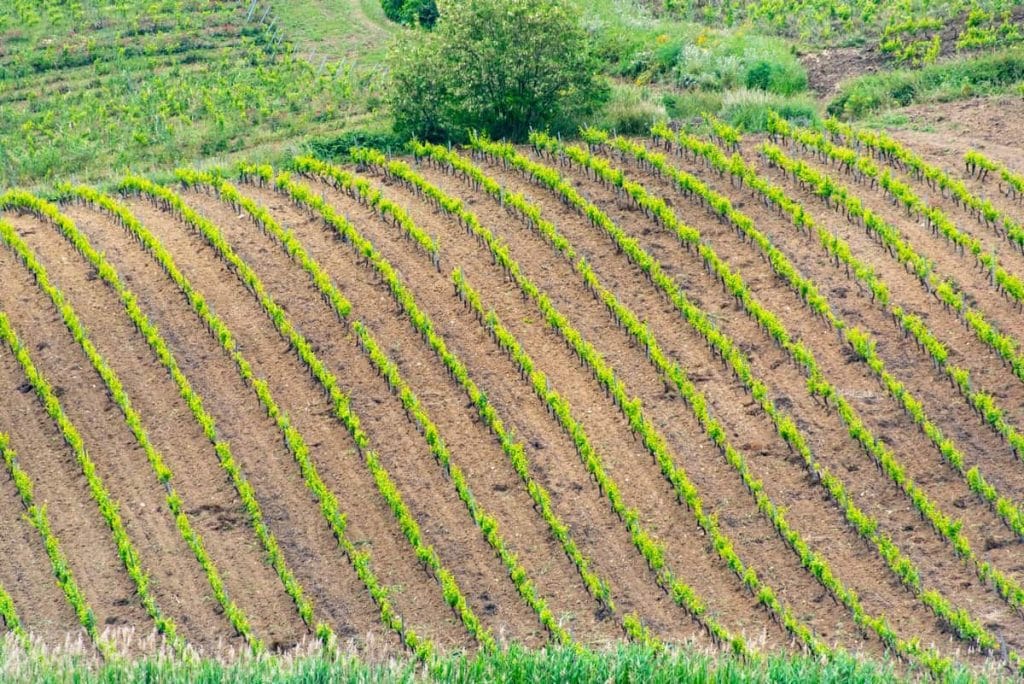
The idea of National Zoning
UGAs are also an opportunity to modify regulations that have become less relevant to reality compared to the original regulations, due to climate changes altering the pedo-climatic conditions that underlie the uniqueness and identity of Denominations of Origin. The problem is not only the increase in average alcohol content but also the effects on vine physiology and berry metabolism (changes in the chemistry of aroma precursors and colouring matter). Relocation is also part of this strategy, making a national viticultural zoning program necessary, achievable with modern digital tools.

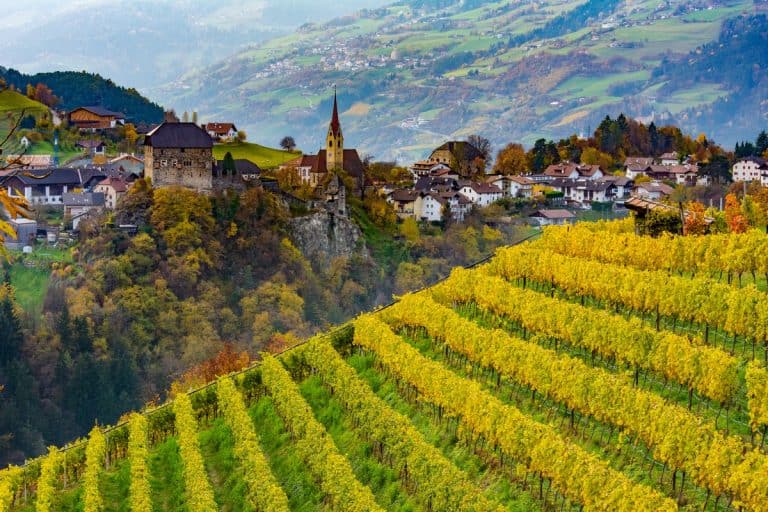
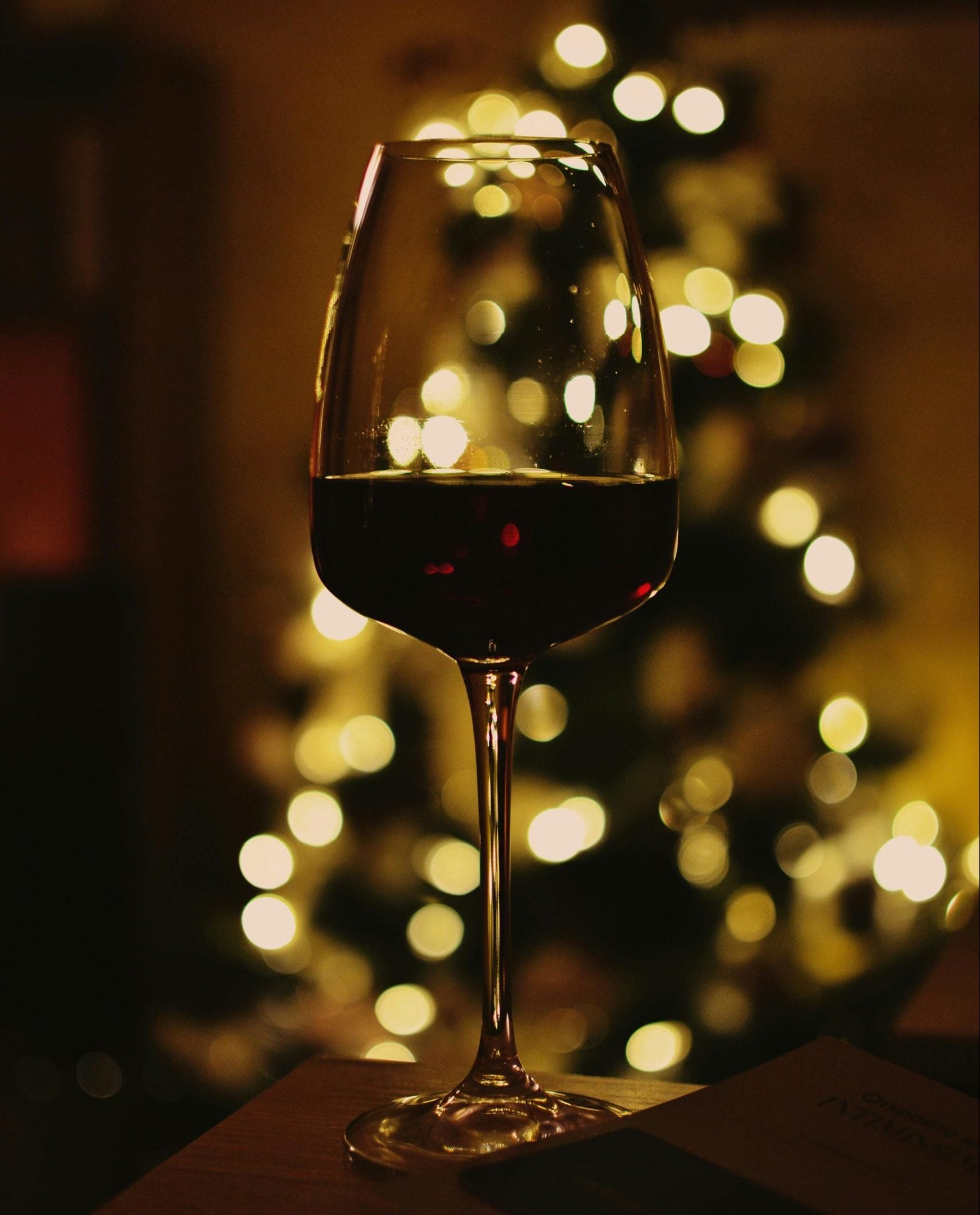 What do sommeliers drink at Christmas?
What do sommeliers drink at Christmas?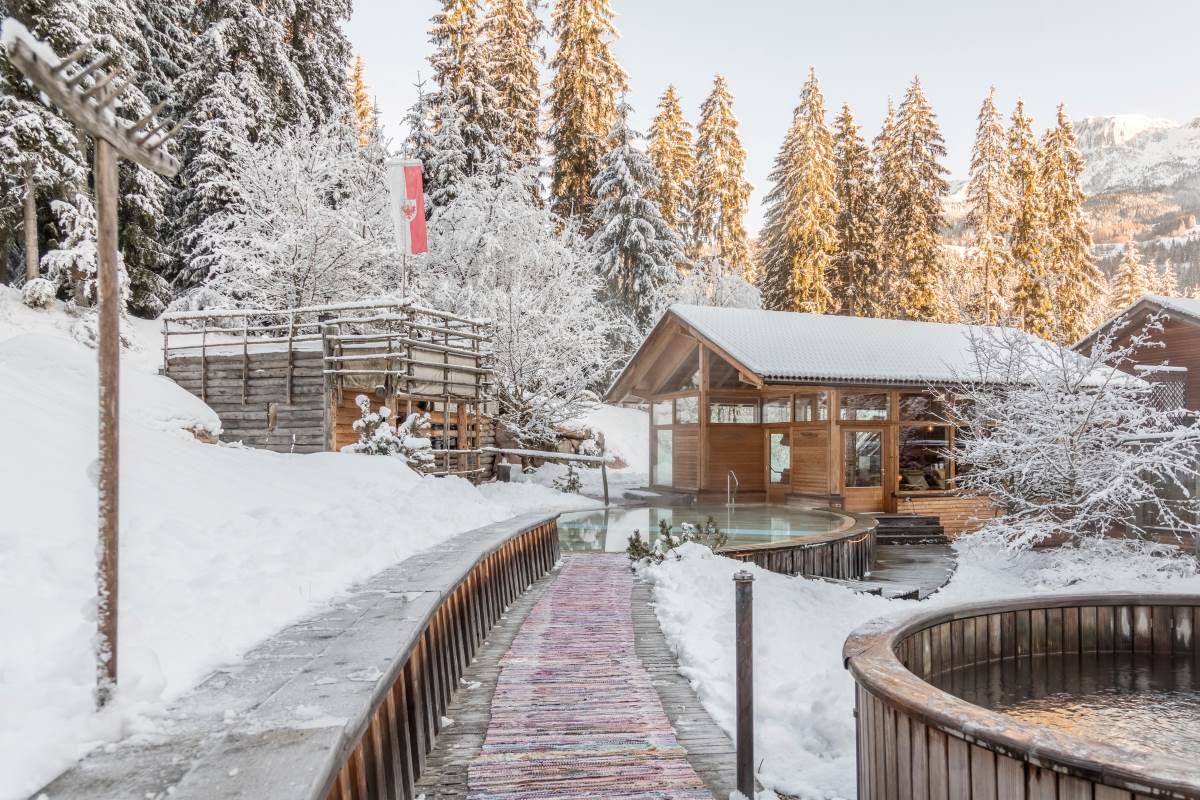 The alpine hotel where you can enjoy outstanding mountain cuisine
The alpine hotel where you can enjoy outstanding mountain cuisine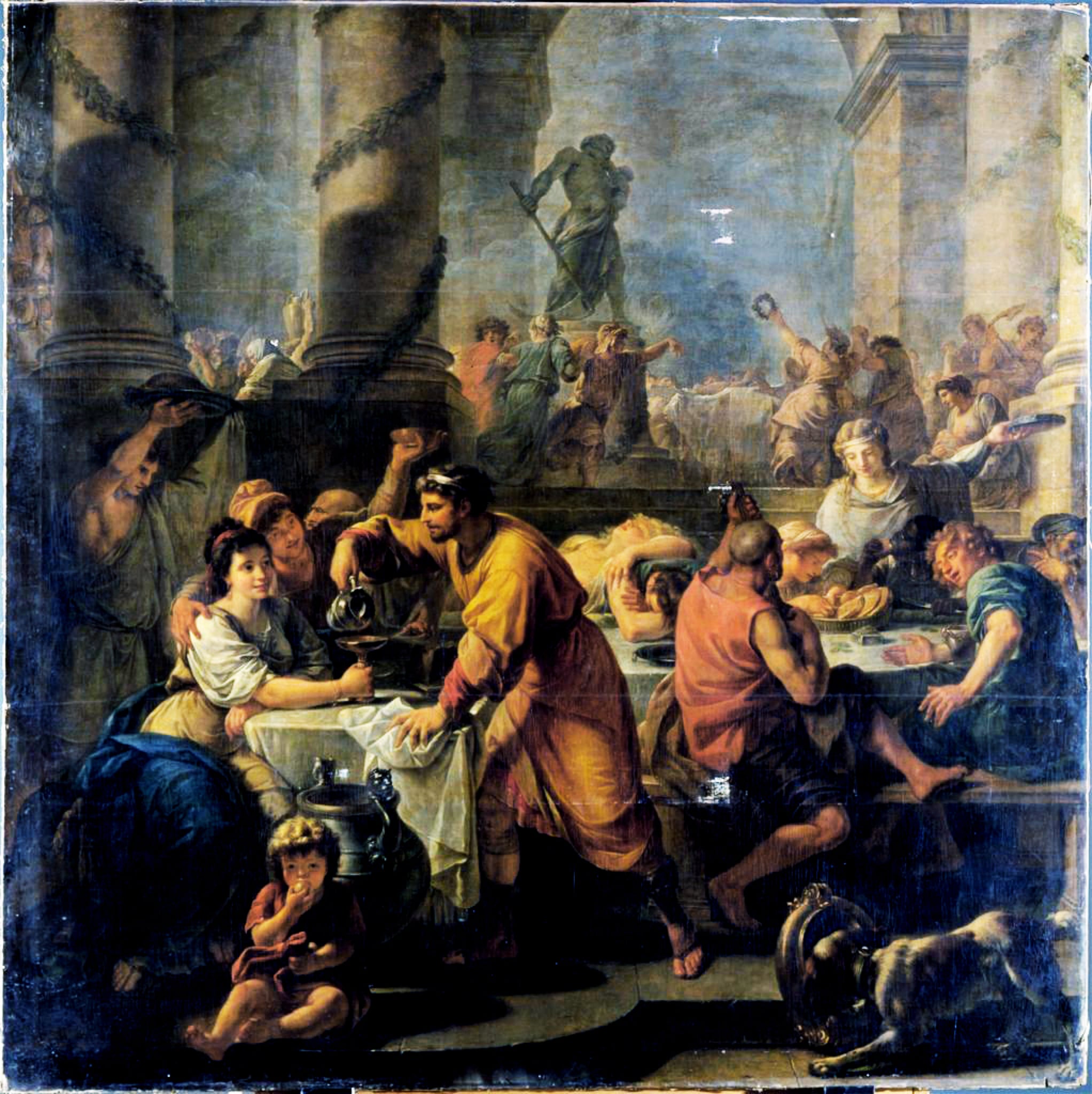 Io Saturnalia! How to celebrate the festive season like an Ancient Roman
Io Saturnalia! How to celebrate the festive season like an Ancient Roman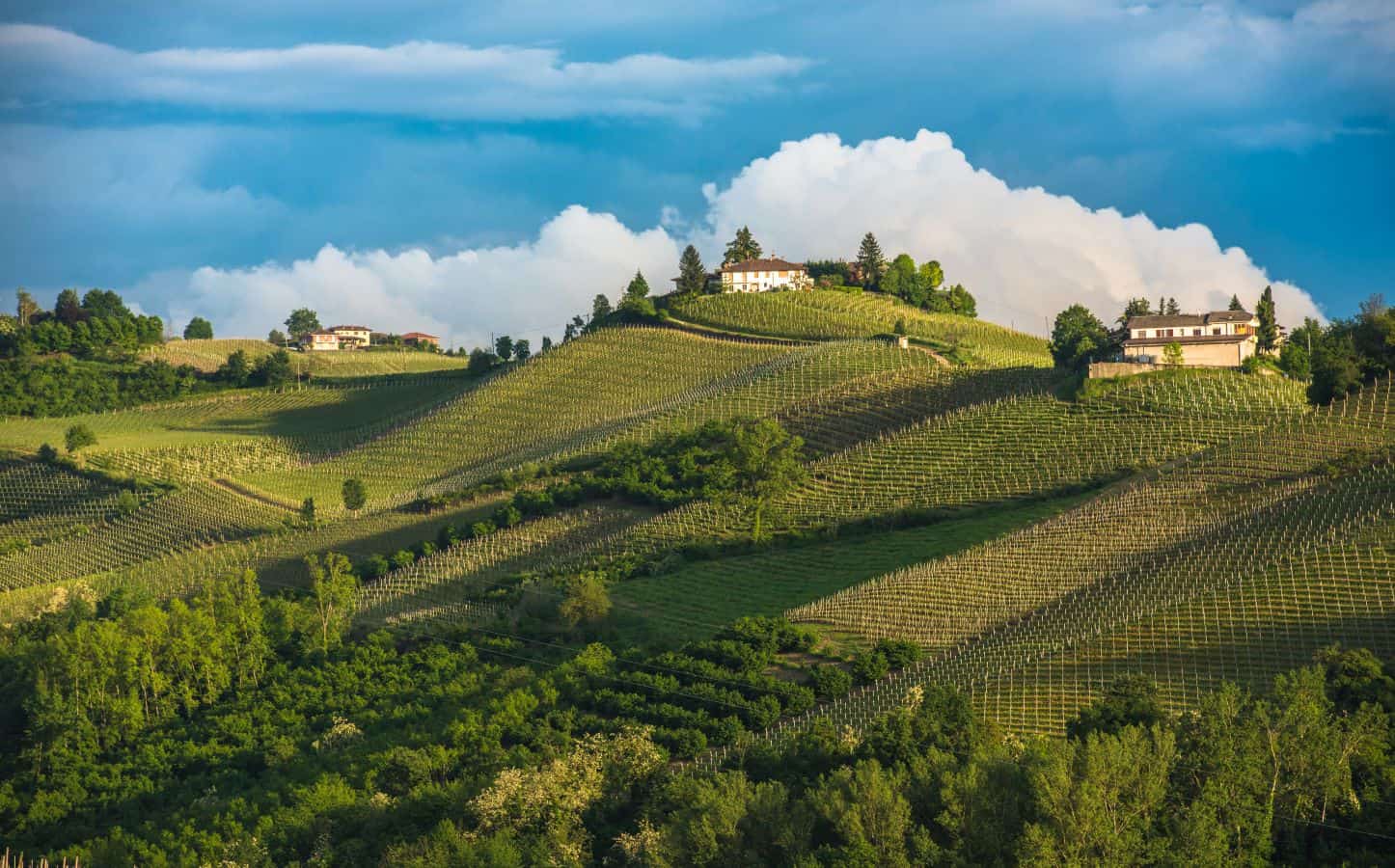 The UNESCO effect: tourism is growing, but there is a risk of losing identity
The UNESCO effect: tourism is growing, but there is a risk of losing identity The perfect pairing? Wine and books
The perfect pairing? Wine and books

